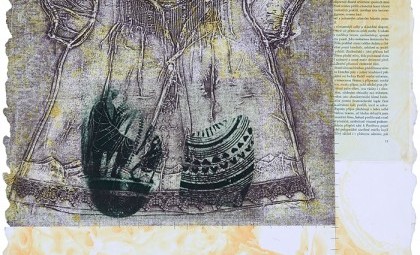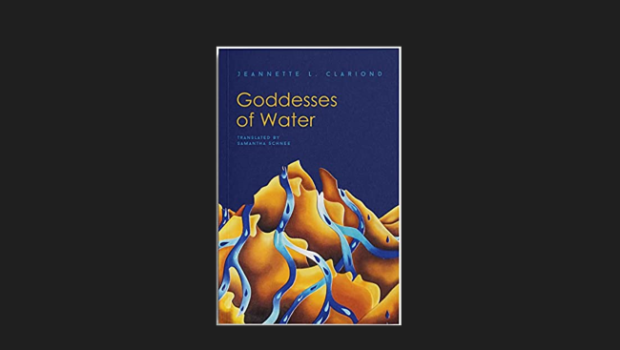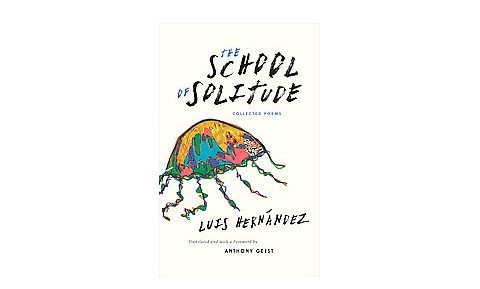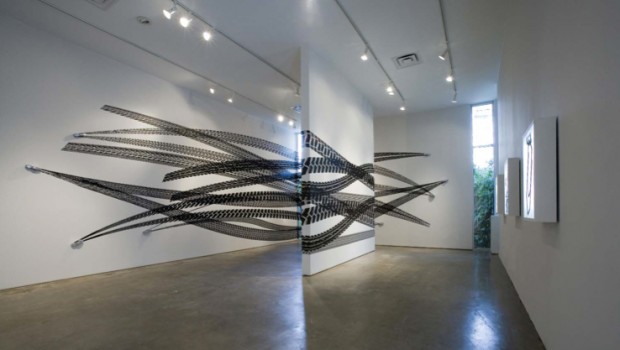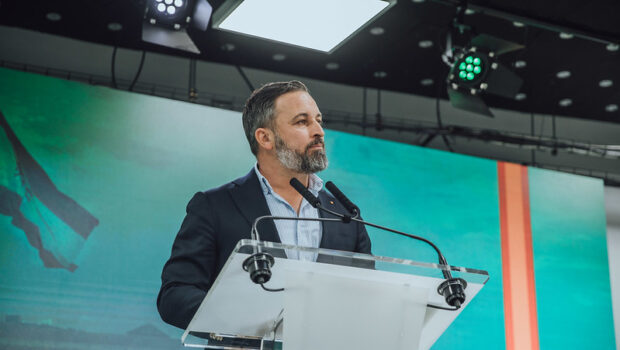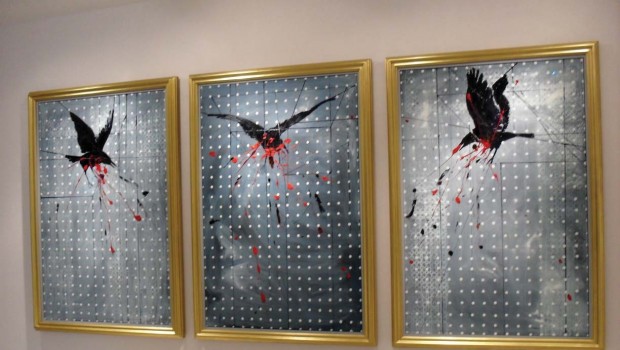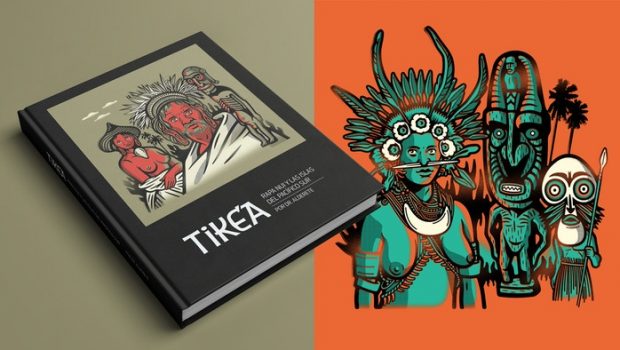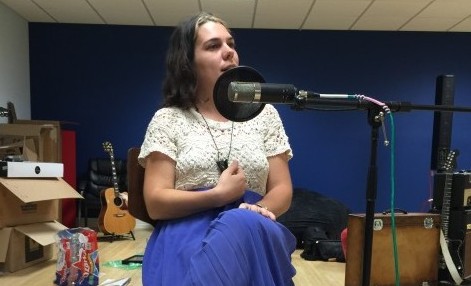FRESH, a Collective Exhibition
Multiple Authors
Hunter Gather Project put together an exhibition where contemporary artists are reconsidering, re-examining, and pushing traditional printmaking. We asked the participant artists one question:
Fresh focuses on the many different ways contemporary printmakers are pushing a traditional medium. In what way is your work innovative and transcending compared to what has been done in the past?
Laura Grossett
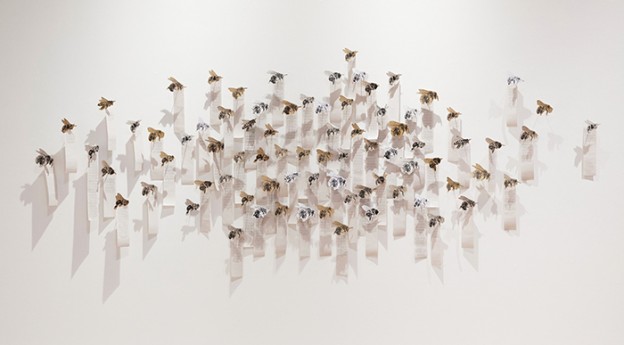
Ascending Swarm, 2015, screenprint on recycled paperboard, magnets, nails, inkjet on paper
More than transcending what has been done in the past, my work feeds off of it. I am drawn to the historical democracy of print and its application today. Much of my recent subject matter, including Ascending Swarm, revolves around issues of labor and labor exploitation—what it means to be considered “disposable” in the workplace. This concept pushed me to start working with disposable materials such as cereal boxes and other forms of recyclable paperboard materials. Because this piece was a collaboration between my community and myself I wanted a material that was accessible and familiar, that felt like it was OK to touch.
For the Absence/Presence series, I was interested in stretching the parameters of how I defined print. To me print is half layering and half pressure. With the Absence half of the project, I exclusively used pressure. I hand cut sheet metal and ran it through an etching press to create an embossment. With Presence, I worked on layering different materials and seeing how the bottom-most layers impacted those on top. Through this piece I explored personal loss: how it felt to have physical reminders of someone I had lost, but also the lasting, intagible impression left by their absence.
Cassie Normandy White
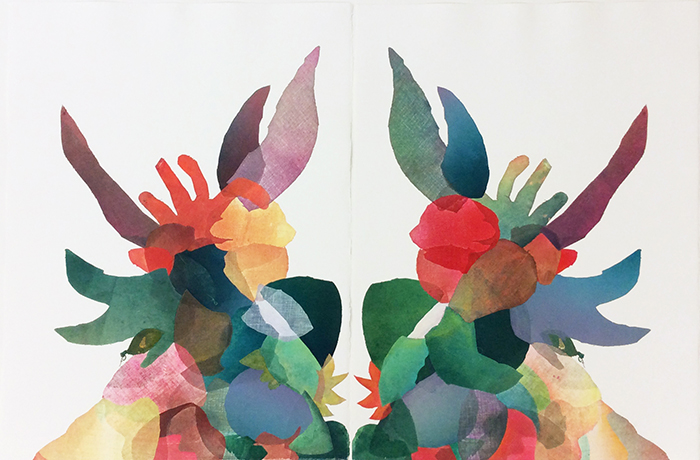
Reflections on Satisfaction I and II, 2015, mono print
I am thrilled to be included in Hunter Gather’s new exhibition, Fresh, and am complimented to have my work characterized as innovative. The process I use originated from a desire to make large-scale printed work, and has evolved into playful experimentation with fabric and ink. Printing with fabric certainly is not a novel idea (there are other pieces in this show that beautifully and creatively utilize printed fabric), and I do not know that my work transcends what has already been done, but rather I see my work as an off-shoot of monoprinting processes, where I am utilizing methods that perhaps have been less-explored. I refer to preparing my fabric as seasoning them with ink, much like one would season a skillet, in order to create a rich, luscious combination of colors and textures to be printed on paper. Though this generally sums up my process, it is important for me to work quickly, loosely, and experimentally when I am in the studio. For me as an artist, it is a huge source of joy and excitement to discover new ways to push this medium and to make new discoveries. Process aside, I think my work points toward observing individual pieces within a larger, more complex whole, and emphasizes how these forms relate to one another.
It is also interesting for me to maintain a level of tension within the work between seemingly differing qualities such as saturation and emptiness, delicacy and clumsiness, and movement and stagnation, in order to reveal the connections between them and to allow them to occupy the same space.
Marie Leterme
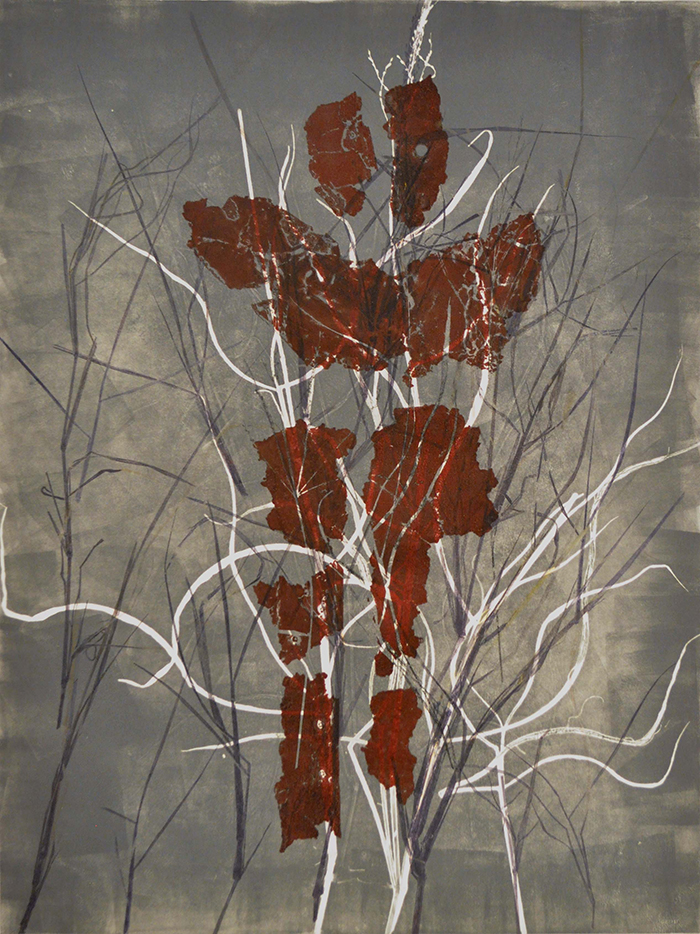
Untitled III, 2015, mono print on paper
Trained in the discipline of etching, I proudly followed those traditional, and very strict, rules for many years while printing editions. Now, having broken away from all that, I am exploring the spontaneity, the joy, and the freedom that monotype allows. To me the press is simply another tool that I like to use in all kinds of unconventional ways as I run forbidden materials through the press. I am well aware of the risks involved in this approach but I am – often enough – rewarded by some unexpected results.
In spring of 2015, I began a series of monotypes, printing found objects that have a personal history; some are fragments of our 1891 Galveston building. After the devastation left by hurricane Ike, Regeneration seems appropriate for this series as our garden is once again full of flowers -and weeds- in full bloom. I also found remnants of debris left by Ike, so the word Vestiges came to mind, while Totem is a recurring theme in my sculpture as well as prints.
Cheryl Rogers
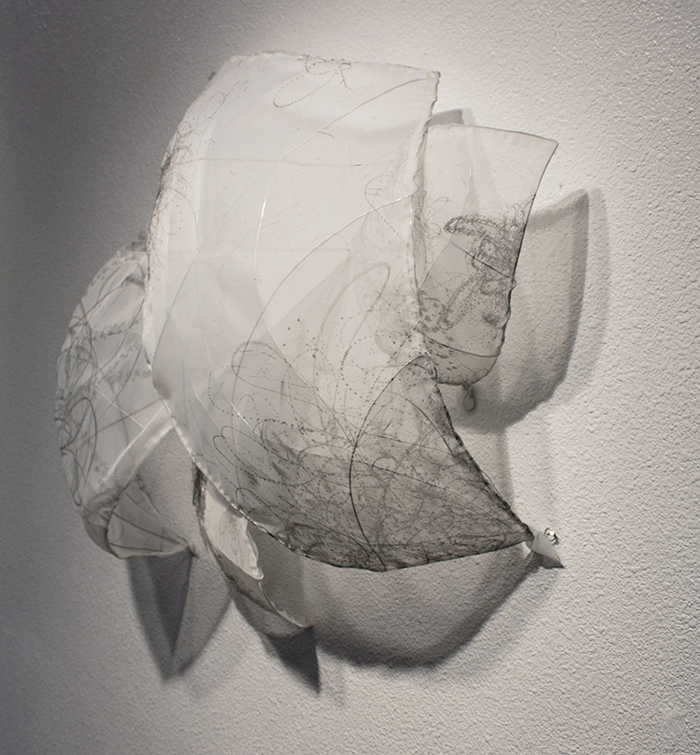
Untitled, 2012, intaglio: etching & drypoint on fabric, wire, thread, and ink
By combining traditional printmaking techniques with power tools, I am trying to create unique senses of energy and movement, which I think is innovative to printmaking. My current work began with a focus on mass, space, and movement, and an exploration of connections between printmaking and sculpture. I am currently investigating the transfer of the images to sculptural form and working on the ultimate goal of expressing movement in time, or what is sometimes called the fourth dimension.
Sandria Hu
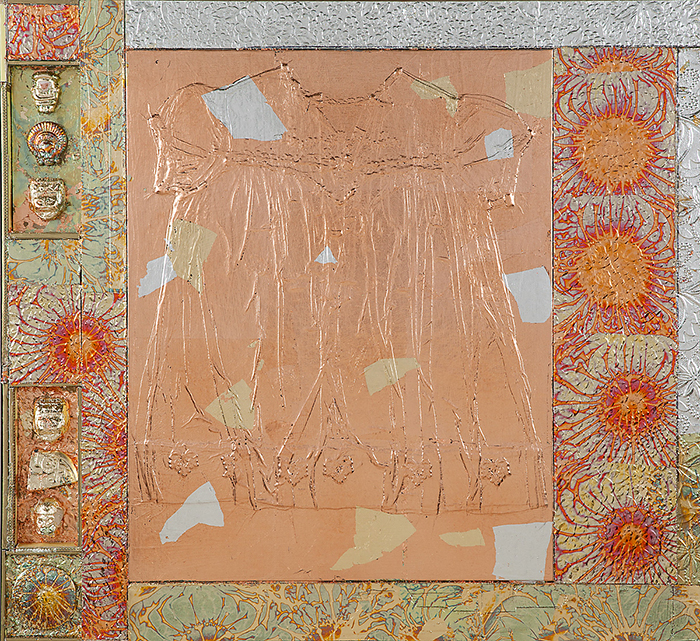
Sandria Hu, Archeological Dress 34, christening gown, gold leaf, and mixed media
The “Archeological Dress Series” represents my interest in archeological dig sites, which started in Gerulata during my first Senior Scholar Fulbright in 1986-87. The chine collé images in the collagraph prints are the shards and bones from the dig sites, which I have visited over the years in Slovakia, Austria and the Czech Republic.
In 2015, I started working on the collograph plate as a finished work of art. I wanted the collagraph plates to reveal the rich and elaborate relief dress surface. Some of the collograph plate pieces were completed by leaving the inked plate as if it were ready to be printed. Other collagraph plates were leafed in gold, copper or silver to reveal the textural surface of the collaged dress in the plate. I chose to complete those collagraph plates in metal leaf using light to reflect the richness of the dress surface.
Cathie Kayser
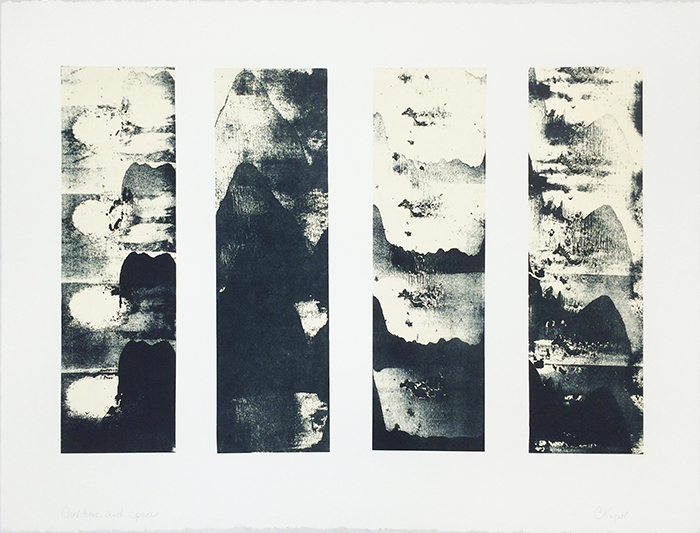
Over Time and Space, 2015, polyester plate lithography and chine collé on paper
While the subjects of the works selected for Fresh are more traditional, the materials used to create the matrices are non-traditional. “Across time and space” is a lithograph that employed a polyester plate instead of an aluminum plate or stone. “The ghostly presence of longing,” printed as an intaglio, was made with a sign making material called Sintra.
*Cover image: Sandria Hu, Archeological Dress #4, chine collé etching
Posted: May 28, 2015 at 10:37 pm


